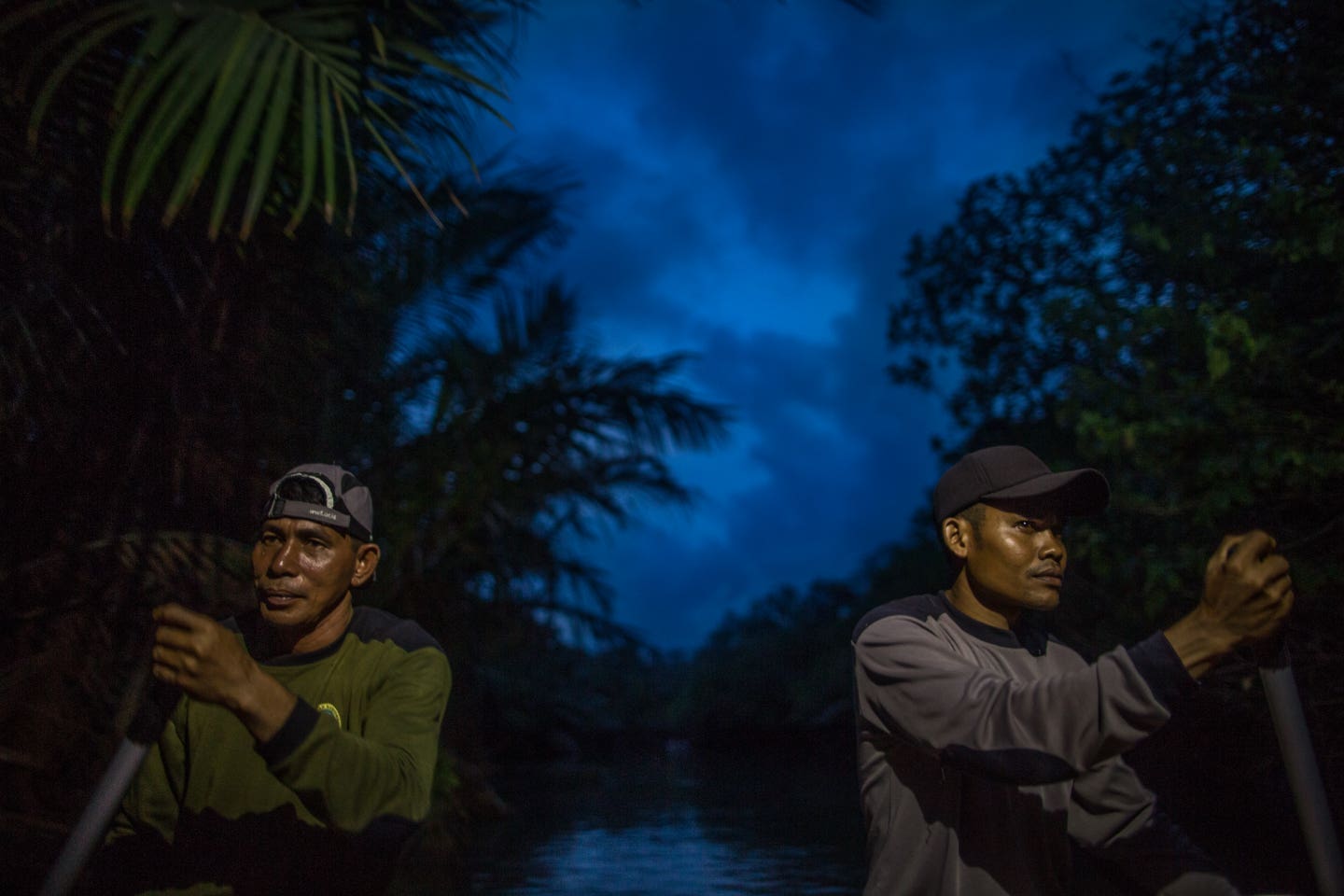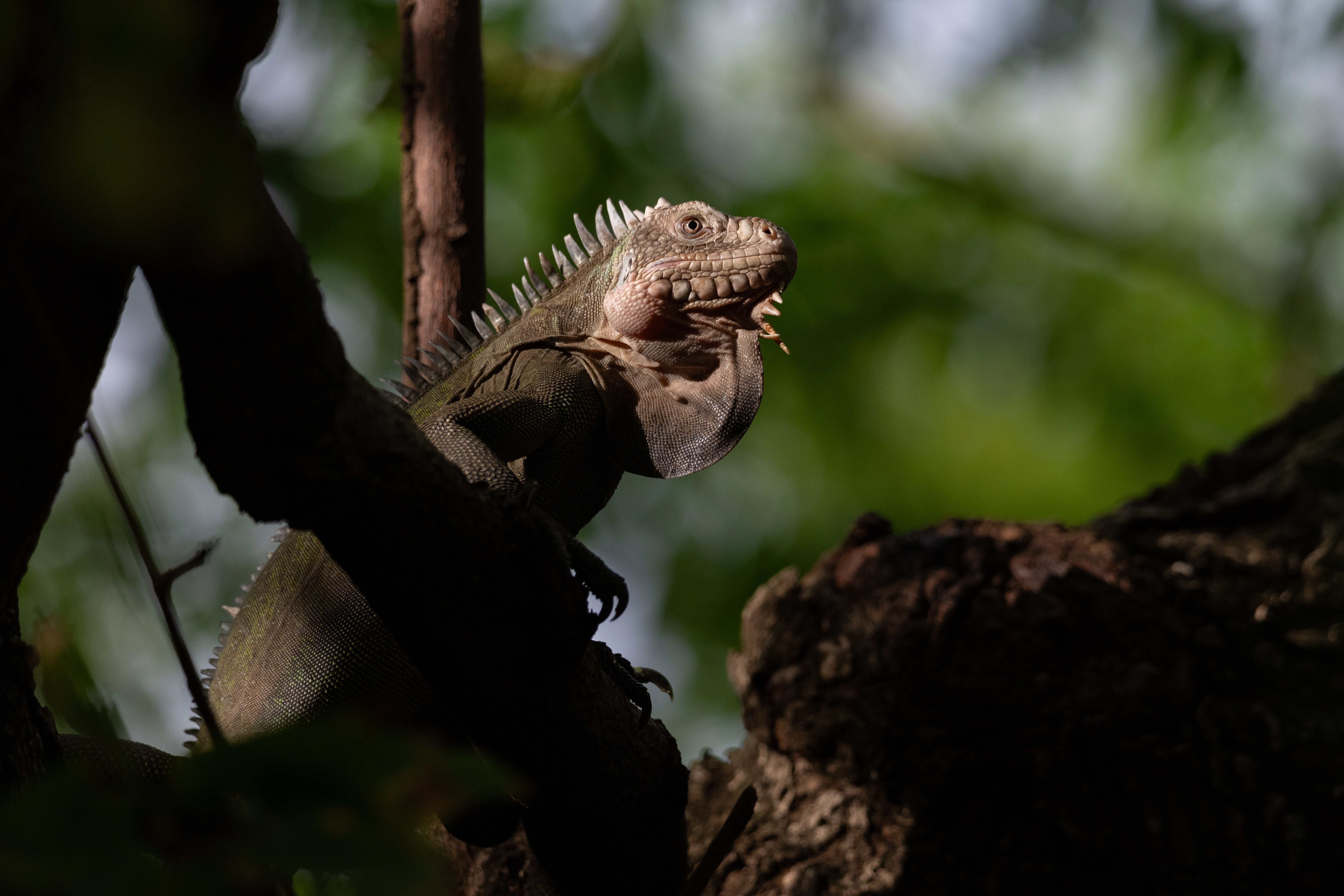As governments around the world come together to potentially commit to protecting 30% of the planet’s wild lands by 2030 (widely referred to as ‘30 by 30’), a new study finds that there are nowhere near enough rangers and other staff to effectively manage even the current protected and conserved areas. The paper, published today, Oct. 20, in the scientific journal Nature Sustainability, urges governments, donors, private landowners, and NGOs to increase the numbers of rangers and other staff five-fold in order to meet global goals that have economic, cultural, spiritual, and ecosystem benefits.
“Our protected areas system is the life support of the planet, providing people with water and clean air, storing carbon, and preventing biodiversity loss,” said Mike Appleton, Re:wild’s director of protected area management and lead author of the paper. “Yet there are more people employed at golf courses and country clubs in the United States than there are rangers in the world. The 30 by 30 target is an important goal, but meaningless if we aren’t also willing to invest in people to effectively and equitably manage these places.”
Using data from 176 countries and territories, the study estimates that there are only 555,000 protected area personnel* worldwide responsible for 17% of the world’s land surface (over 20 million square kilometers or 7.7 million square miles). Only 286,000 of them are rangers, who directly manage protected areas, uphold laws, work with visitors and local communities, and monitor wildlife. Rangers act as tour guides, firefighters, environmental defenders, and play many other roles. Examples of protected areas include national parks, nature reserves, landscape reserves, natural monuments, state parks, and certain areas under sustainable Indigenous and traditional management.
Yet the effective protection and management of 30% of the planet’s land surface by 2030 will require a workforce of at least 2.9 million people, including 1.53 million more rangers. Alongside government protected areas, many new types of areas will need to be conserved by personnel in the private and nonprofit sectors and, vitally, by Indigenous and local communities managing their own territories.
This is the first estimate of the global number of protected area personnel since 1999 and the first ever to specifically include rangers. The study was led by a collaboration between Re:wild, the IUCN World Commission on Protected Areas, the Leibniz Institute of Zoo and Wildlife, WWF, Game Rangers Association of Africa, International Ranger Federation, and the Ranger Federation of Asia.
“This critical work is timely as our continued existence on this planet is becoming increasingly fragile because of the human-induced crises, climate change and biodiversity loss,” said Madhu Rao, chair of the IUCN World Commission on Protected Areas. “For any country or region to stand a chance of attaining the ambitious global targets that are being set to mitigate these detrimental effects, there needs to be a significant investment in the people tasked with securing wildlife, natural ecosystems, natural resources, and the communities and cultures that have sustained them for millennia. For ambitious global targets to be meaningful and effective, we need more committed, competent and well-supported personnel on the ground.”
The study also emphasizes the need not only to bolster the workforce, but to recognize protected area management as a vital professional service, similar to medical personnel and first responders. Other studies have shown that protected area personnel in many countries are underpaid, undersupported, undertrained, and endure inadequate working conditions.
To address this issue, a coalition called the Universal Ranger Support Alliance (URSA) is working to implement an action plan to ensure that rangers have better working conditions and equipment, more opportunities for training and learning, fairer employment opportunities and conditions, and better representation, advocacy and accountability.
“The effectiveness of the planet’s life support system isn’t just about numbers of hectares protected, but about investing in good and skilled people,” said Chris Galliers, president of the International Ranger Federation. “While we are working hard to ensure that our global ranger workforce is more representative, professional, and accountable, they need far greater capacity and support as respected stewards of our wildlife and wild places. Rangers can and do play a key role in reducing the threats to the territories and livelihoods of local and Indigenous communities, including mitigating the effects of climate change. However, a firm commitment that puts rangers central to achieving any of the global targets, including the 30 by 30 goal, is urgently required.”
In addition to protecting biodiversity and cultures, protected area personnel sustain vital ecosystem services, and deliver substantial economic benefits to local people and to the wider economy. According to the study, each new protected area staff person could generate economic benefits worth at least USD$28,800.
“Society needs to recognise the vast economic benefits that protected areas bring to communities, economies, and our living planet,” said Wes Sechrest, chief scientist and CEO of Re:wild. “When we do so, we can pay the modest costs of employing and supporting people to protect our planet, communities can benefit from the areas they steward, and countries can move quickly toward nature positive and sustainable environmental practices.”
Re:wild, FFI, IRF,IUCN-WCPA and WWF are members of the Universal Ranger Support Alliance (URSA).
The paper’s additional authors are: Alexandre Courtiol, Leibniz Institute for Zoo and Wildlife Research; Lucy Emerton, Environment Management Group; James L. Slade, Lauren Warr, Nina Hadley, Chris Jordan and Barney Long, Re:wild; Andrew Tilker, Re:wild and Leibniz Institute for Zoo and Wildlife Research;Mónica Álvarez Malvido, International Ranger Federation; James R. Barborak, Center for Protected Area Management at Colorado State University; Louise de Bruin, Game Rangers Association of Africa; Rosalie Chapple, Blue Mountains World Heritage Institute & Protected Areas Collaboration; Jennifer C. Daltry, Re:wild and Fauna & Flora International; François Rousset, University of Montpellier, CNRS, EPHE, IRD, France; Rohit Singh, World Wildlife Fund;Eleanor J. Sterling, University of Hawaii; Erin G. Wessling, Harvard University.
The 15th meeting of the Conference of the Parties to the Convention on Biological Diversity will be held this year in Montreal, Canada, from Dec. 7 to Dec. 15. CBD provides a global legal framework for action on biodiversity.
*The paper defines ‘protected area personnel’ as individuals who spend at least 50% of their time on the management of protected areas. Rangers are a subset of protected area personnel and defined as individuals who are “involved in the practical protection and preservation of all aspects of wild areas, historical and cultural sites.”
Additional quotes
Mónica Álvarez Malvido (coauthor), development officer, International Ranger Federation “There are some incredible people--like rangers--managing our protectedand conserved areas who are doing so without the necessary support to do their jobs safely. These individuals are, in many cases, putting their life at risk so that the rest of us can enjoy fresh air, fresh water, and a healthy planet. To maintain the motivation of the current workforce, ensure their professionalism, and attract the new people needed, we have to address these issues and provide these individuals with the recognition and resources they need and deserve.”
Alexandre Courtiol (coauthor), Leibniz Institute for Zoo and Wildlife Research "Analyzing the data was challenging, exciting, but also depressing. Our results have revealed the deplorable inadequacy of the current situation. But the good news is that we have established a baseline from which to move forwards."
Andrew Tilker (coauthor), Asian species officer at Re:wild and also part-time post-doc at the Leibniz Institute for Zoo and Wildlife Research “The world needs rangers--to protect biodiversity, to maintain essential ecosystem services, to make sure that wilderness areas stay wild. Our findings should serve as a wake-up call for the world. It is essential that we scale up the ranger workforce to ensure the health of protected areas worldwide.”
# # #
Re:wild Re:wild protects and restores the wild. We have a singular and powerful focus: the wild as the most effective solution to the interconnected climate, biodiversity, and human wellbeing crises. Founded by a group of renowned conservation scientists together with Leonardo DiCaprio, Re:wild is a force multiplier that brings together Indigenous peoples, local communities, influential leaders, nongovernmental organizations, governments, companies and the public to protect and rewild at the scale and speed we need. Learn more atrewild.org.
Leibniz Institute for Zoo and Wildlife Research (Leibniz-IZW) The Leibniz-IZW is an internationally renowned German research institute of the Forschungsverbund Berlin e.V. and a member of the Leibniz Association. Our mission is to examine evolutionary adaptations of wildlife to global change and develop new concepts and measures for the conservation of biodiversity. To achieve this, our scientists use their broad interdisciplinary expertise from biology and veterinary medicine to conduct fundamental and applied research – from molecular to landscape level – in close dialogue with the public and stakeholders. Additionally, we are committed to unique and high-quality services for the scientific community. www.izw-berlin.de
Fauna & Flora International (FFI)Fauna & Flora International (FFI) protects threatened species and ecosystems worldwide, choosing solutions that are sustainable, based on sound science and that enhance human well-being. Operating in more than 40 countries worldwide, FFI saves species from extinction and habitats from destruction, while improving the livelihoods of local people. Founded in 1903, FFI is the world’s longest established international wildlife conservation organisation and a registered charity. https://www.fauna-flora.org
Blue Mountains World Heritage Institute & Protected Areas Collaboration The Institute is an independent not-for-profit organisation that works with local government agencies and communities to promote effective and inclusive conservation of protected areas through research and community engagement. The Protected Areas Collaboration is a joint venture of the Institute with the mission to bring people together to learn and grow capabilities to better care for nature and protected areas across the Asia-Pacific. www.bmwhi.org
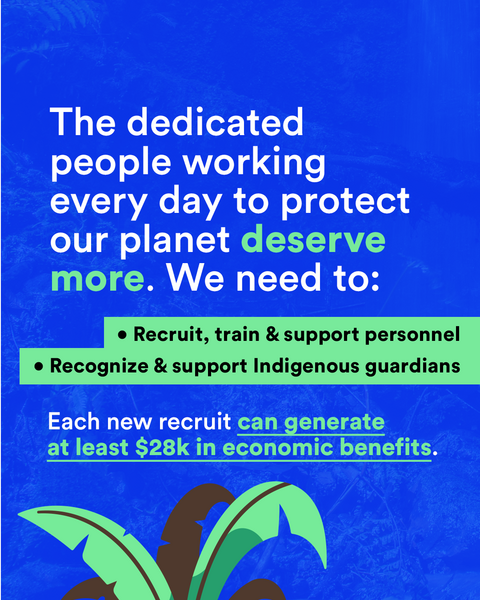
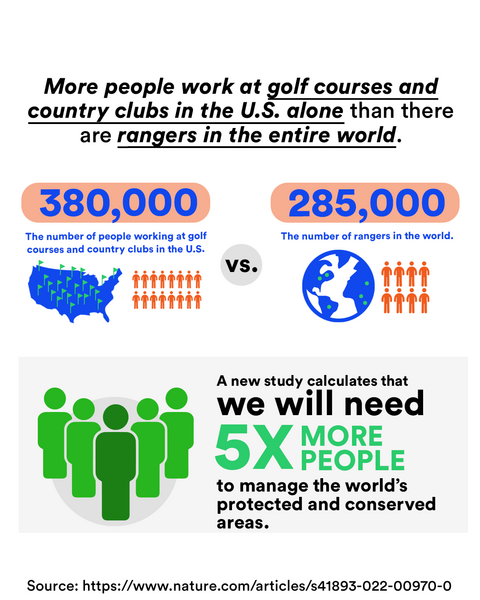
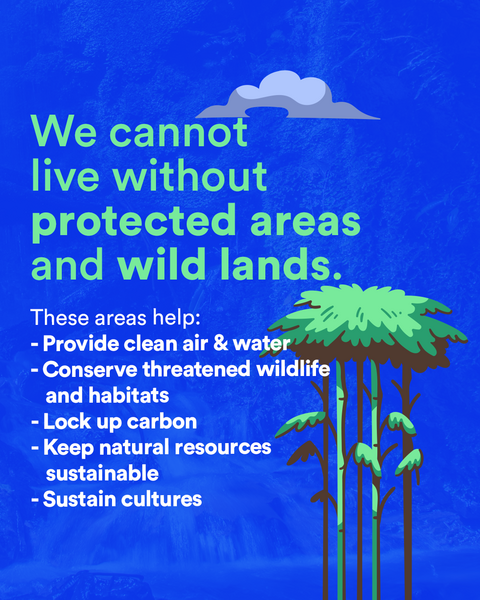
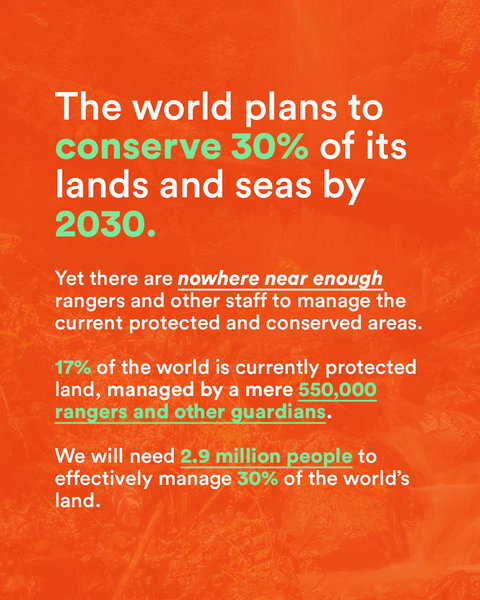

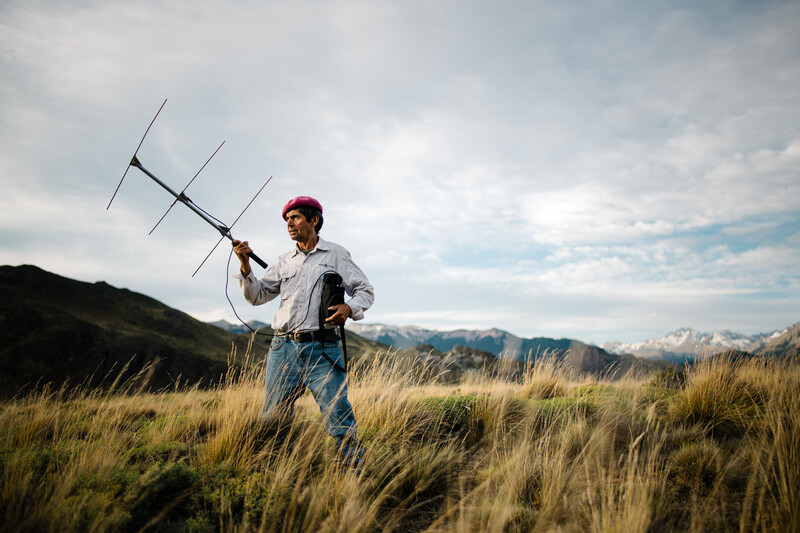
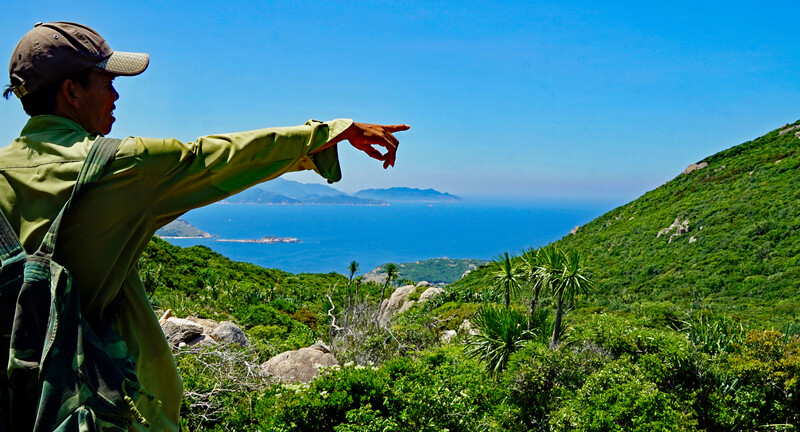
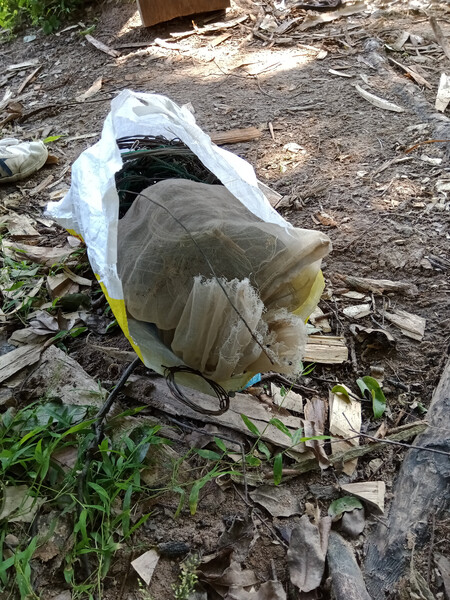
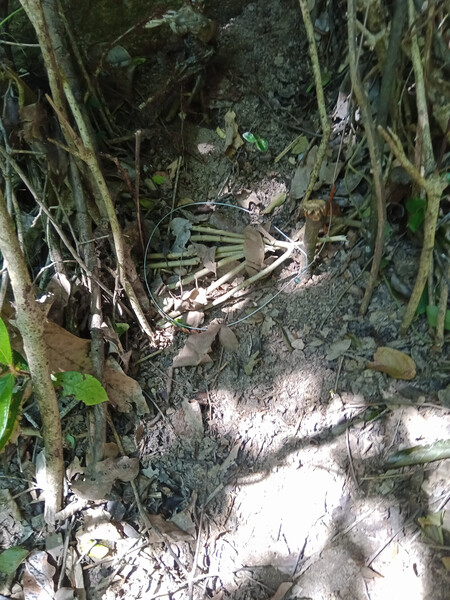
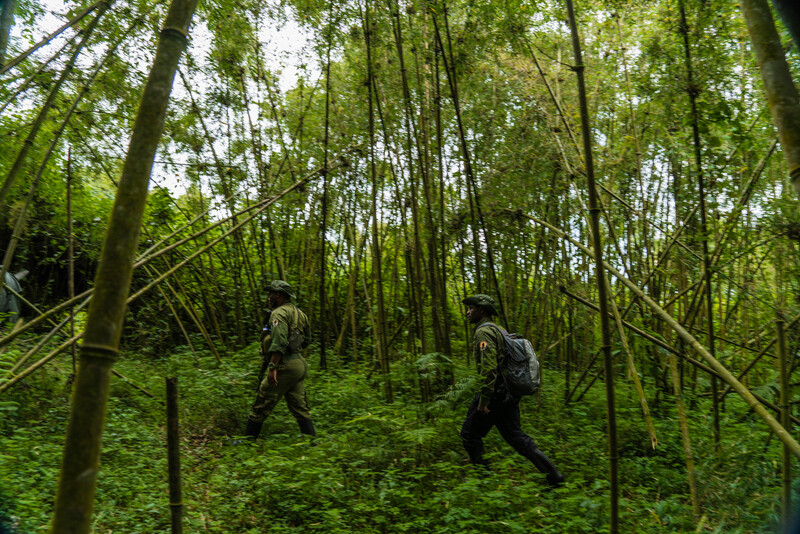


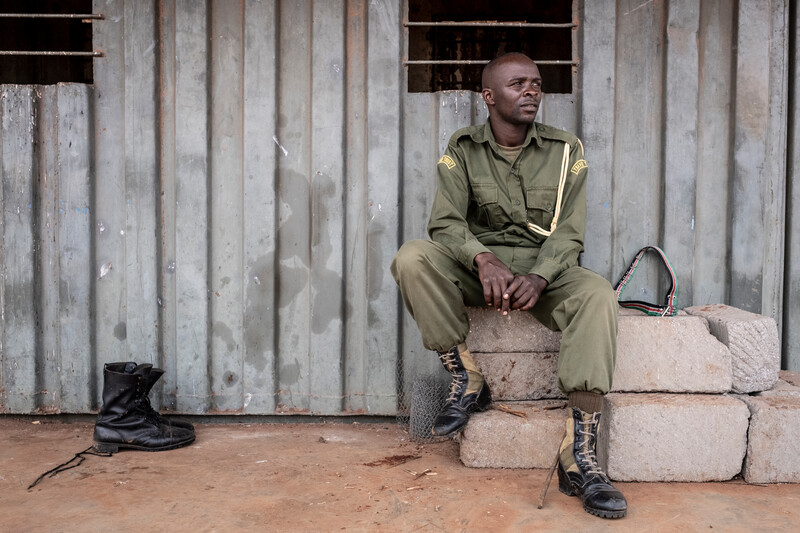
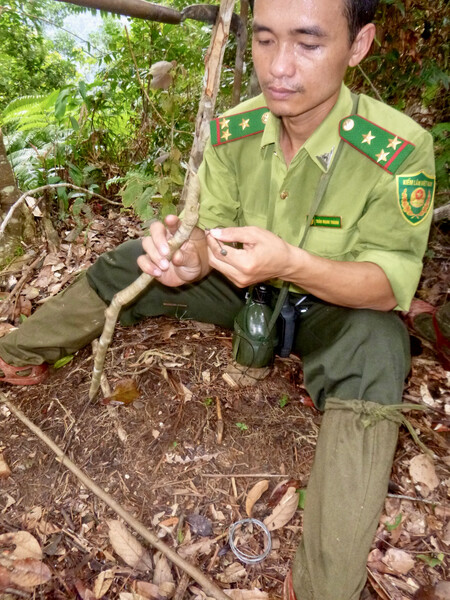

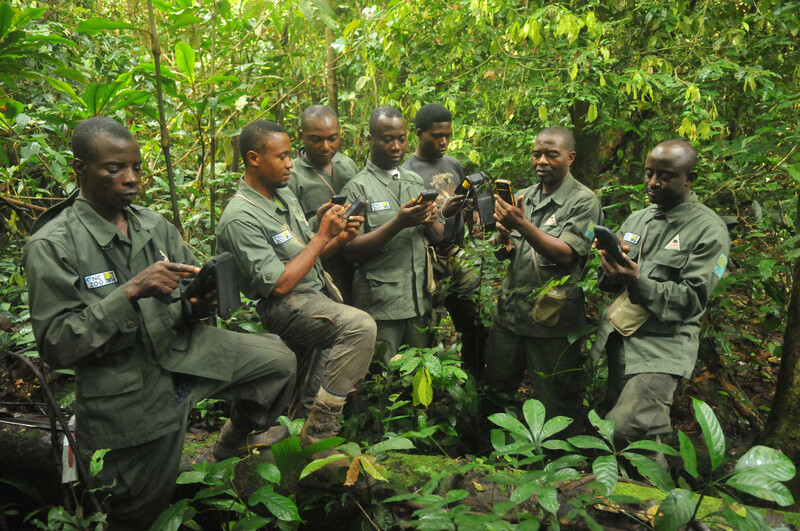
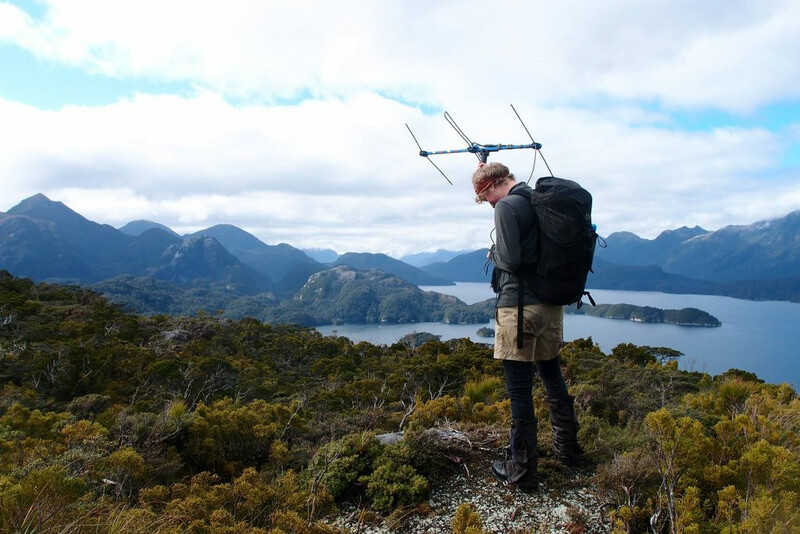

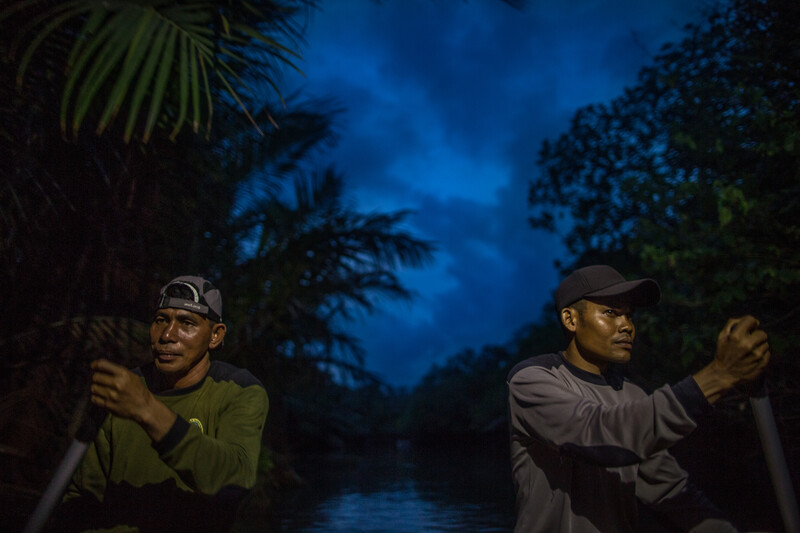

Devin Murphy
Writer
Devin Murphy is Re:wilds’s senior communications specialist and helps Re:wild and its partners tell stories about the work they do to protect wildlife and wildlands around the planet. Her favorite stories about conservation include fascinating and little-known species and the dedicated humans protecting them.

